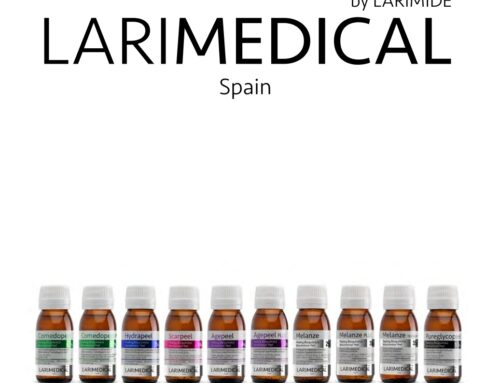Cosmetics are substances or products used to enhance or alter the appearance of the face or fragrance and texture of the body. Many cosmetics are designed for use of applying to the face and body. They are generally mixtures of chemical compounds derived from natural sources (such as coconut oil), or may be synthetic or artificial. Cosmetics that are applied to the face to enhance one’s appearance may be called makeup which include lipstick, mascara, eye shadow, foundation, blush, and bronzer, among other products.
In the United States, the Food and Drug Administration (FDA), which regulates cosmetics, defines cosmetics as “intended to be applied to the human body for cleansing, beautifying, promoting attractiveness, or altering the appearance without affecting the body’s structure or functions”. This broad definition includes any material intended for use as an ingredient of a cosmetic product. The FDA specifically excludes pure soap from this category.
Cosmetics are intended to be applied externally. They include, but are not limited to, products that can be applied to the face: skin-care creams, lipsticks, eye and facial makeup, towelettes, and colored contact lenses; to the body: deodorants, lotions, powders, perfumes, baby products, bath oils, bubble baths, bath salts, and body butters; to the hands/nails: fingernail and toe nail polish, and hand sanitizer; to the hair: permanent chemicals, hair colors, hair sprays, and gels.
A subset of cosmetics is called “makeup”, refers primarily to products containing color pigments that are intended to alter the user’s appearance. Manufacturers may distinguish between “decorative” and “care” cosmetics.
Cosmetics that are meant to be used on the face and eye area are usually applied with a brush, a makeup sponge, or the fingertips, or a beauty blender.
Most cosmetics are distinguished by the area of the body intended for application.
From Wikipedia






